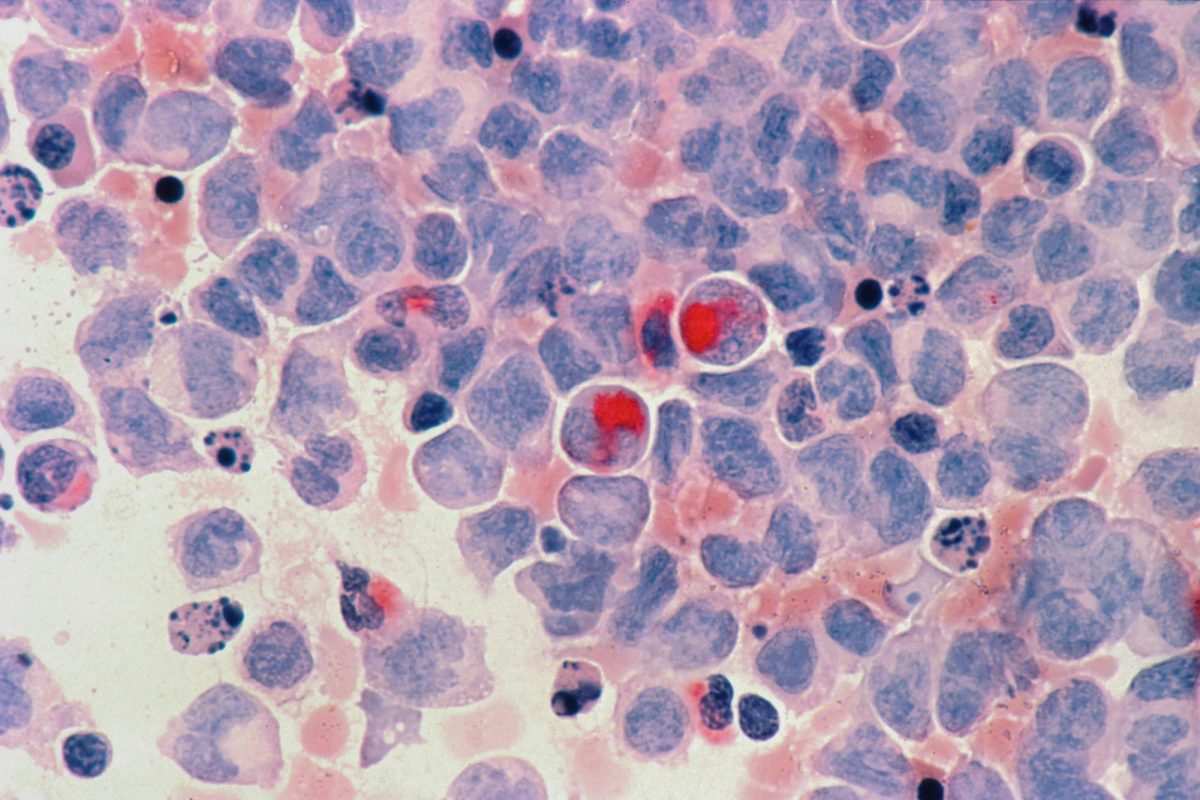In the United States, the ever-growing concern over drug-related deaths has reached a fever pitch, for reasons good and bad. According to the Wall Street Journal, In both 2021 and 2022, the United States lost over 100,000 citizens to drug overdoses. While many illicit substances are used in these statistics, one particular drug has caused far more deaths than the rest and has achieved a sort of boogeyman status in the drug world. Fentanyl has lived in infamy in recent years. With many different stories and conflicting bits of information floating around, it’s important to get the facts straight on the three most important questions about Fentanyl: What is it? How dangerous is it? What should you do if someone may have a medical emergency involving it?
What is Fentanyl?
Fentanyl is a synthetic opioid that was first created in 1960. This powerful drug is currently being used in hospitals to treat patients with extreme amounts of pain but is also being sold illegally as a recreational drug. Fentanyl is currently estimated to be around 50 times stronger than heroin and 100 times more powerful than morphine, two other opioids used both medicinally in very specific cases and illegally for recreational purposes. Fentanyl has made quite a name for itself due to its frequent reference in studies about drug abuse in America.
How Dangerous is Fentanyl?
Fentanyl is an inherently dangerous substance due to its potency. USA Facts stated that because of its strength, doses as small as 2 milligrams can potentially be fatal. The intense potency also makes the drug highly addictive. In addition to selling Fetanyl, drug dealers can also lace other substances with fentanyl to make smaller amounts more potent and yield a larger profit. This has allowed the drug to skyrocket, becoming the main driver of overdose deaths, increasing Fentanyl overdose cases 7 and a half times from 2015 to 2021. This increase has continued into 2022 as over 200 Americans have died each day. Yet this is not the only reason why this drug is so feared today.
Recently, accounts from emergency service members and law enforcement officers have risen over the dangers of working around this drug. Some stories have come out of police officers who worked around fentanyl or with people who overdosed on fentanyl and then experienced extreme medical emergencies, being rushed to the hospital. This has caused paranoia surrounding the drug with many people worried about even touching surfaces with fentanyl. These theories are simply not true. In the stories told by police officers, toxicologists were able to determine that they had never experienced any opioid toxicity. In addition to this, medical officials have reported that you can’t absorb fentanyl through touch. The only case where fentanyl can be absorbed through the skin is through the use of a prescription fentanyl patch that takes hours to take effect. While it is still a dangerous substance that should not go anywhere near a person’s nose or face, you can’t be harmed by just touching the substance. Medical attention can still be provided to someone who is overdosing.
What to Do If Someone is Overdosing?
With overdose deaths surpassing 100,000 people for the past two years in a row, it is possible that someone you know could experience a fentanyl overdose. When it comes to our friends or loved ones, it’s important to know how to respond in a situation like this.
After an overdose, the first thing you should do is immediately call 911 after recognizing the symptoms of an overdose. Since fentanyl can’t be absorbed through the skin, it’s safe to evaluate a person, check their pulse, and make sure they are still breathing. Remember to avoid touching your nose and face until after you wash your hands thoroughly. Since fentanyl can stop a person’s heartbeat or breathing in high dosages it can be a good idea to perform CPR. The best way to save someone from an overdose is by administering a life-saving drug called naloxone, also known as Narcan. In Florida, this drug can be purchased over the counter without a prescription and can be administered through the nose or by injection.
Conclusion
While fentanyl is certainly a very dangerous substance that kills hundreds of people every day in America, it isn’t quite as extreme as certain news organizations make it out to be. With much conflicting information on issues like drug abuse, it’s important to know the truth about this topic to do your best to help. The ultimate goal in ending fentanyl overdoses would be to save lives and reduce mass hysteria over drug abuse. In the end, we can do what we can to promote a stronger, healthier America.



















Sonia • Dec 31, 2023 at 6:33 PM
It says that you can’t have an effect if you touch a surface that contain fentanyl, but that administering CPR and touching a person who has overdosed on fentanyl you are to wash your hands because of contact. That makes no sense. that says to me that the contact can be harmful
Elle Richardson • Jan 3, 2024 at 10:55 AM
Thank you for the comment! We researched the CPR aspect again and found that you are, in fact supposed to administer CPR to someone overdosing. The hand washing is more of a precaution towards whether or not the individual has another drug or illness that could pose a risk to someone administering CPR. In light of your comment, we have revised the article.